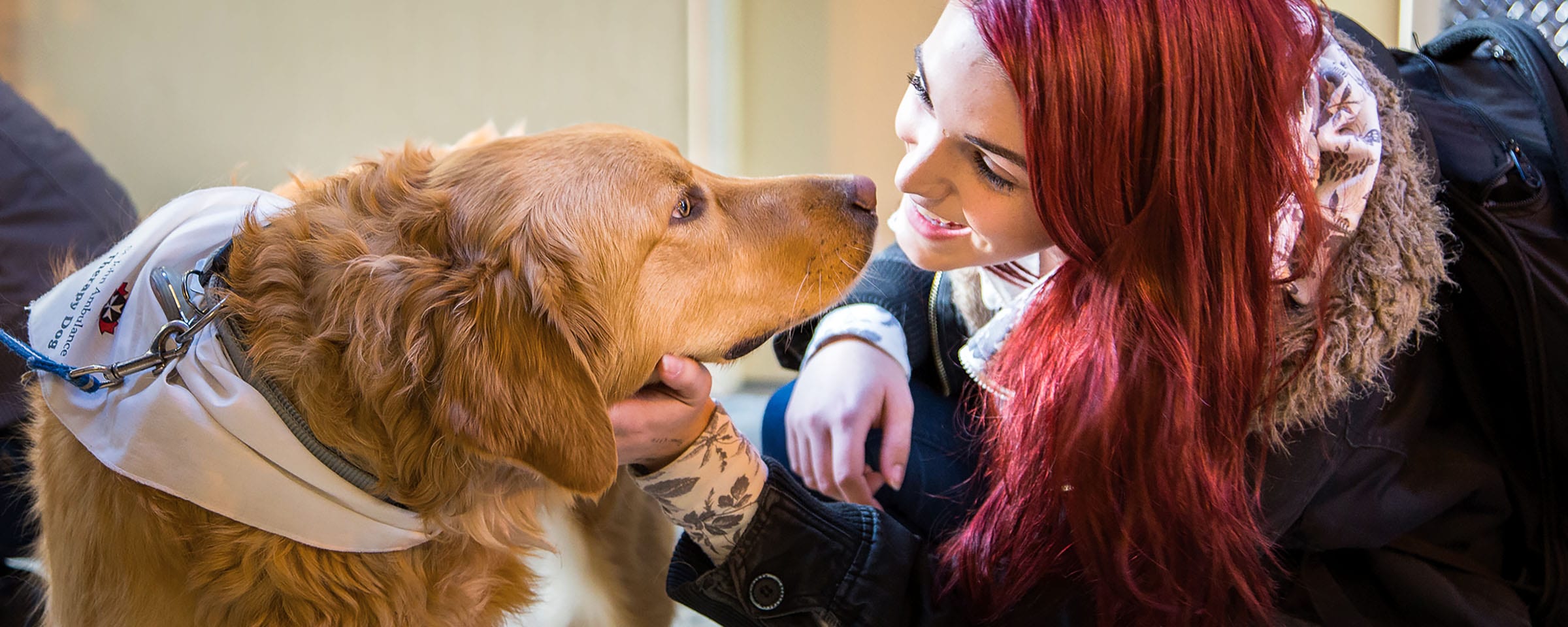Shorter Days Bringing You Down?
This time of year, the shortened days and chilly temperatures can take a toll on our mental health. Even in a usual November, less daylight, more time spent indoors, and less physical activity can lead to a case of the winter blues. This year, as many of us are studying and working from home with less reason to leave our home, those winter blues can really drag us down.
Yes, it’s not technically winter yet, but here in Manitoba, we feel it already. Many people report having less energy, experiencing lower mood, and having more intense food cravings.
There are things we can do, however, to help promote good mental health. Here are some suggestions:
- Get outside during daylight hours. Even if it’s only for a few minutes, the light and air will help.
- Exercise regularly. Whether indoors or outdoors, regular exercise boosts your mood and energy levels. Movement of any kind helps. Try our livestreamed Friday lunchtime yoga class.
- Connect with friends virtually. Make a point of spending time with people with whom you can chat and laugh.
- Develop good sleep habits. Whenever possible, go to sleep and wake up at the same time each day. Leave smartphones and tablets in another room.
- Eat a balanced diet. We tend to crave carbs more in the winter, so make sure you’re still eating some veggies and fruit daily.
Seasonal Affective Disorder
Sometimes, the seasonal change can trigger the onset of Seasonal Affective Disorder (SAD), a treatable mental health condition. SAD is a type of Clinical Depression that is related to changes in the seasons. According to the Mayo Clinic, SAD symptoms that are specific to winter depression are:
- Irritability
- Tiredness or low energy
- Problems getting along with other people
- Hypersensitivity to rejection
- Heavy, “leaden” feeling in the arms or legs
- Oversleeping
- Appetite changes, especially a craving for foods high in carbohydrates
- Weight gain
If you’re feeling low for days at a time, have thoughts of suicide, or are using alcohol/drugs to cope, see your doctor or access RRC supports for students or staff.
Getting Better
Treatments for SAD can include medication, talk therapy, and light therapy. Light therapy involves sitting near a special lamp so that you’re exposed to bright light. Light therapy mimics natural outdoor light and appears to cause a change in brain chemicals linked to mood.
Borrow a Light Therapy Lamp from Library Services
Interested in trying light therapy? SAD Lamps are availaible on loan from Library Services. Simply complete the booking request to arrange the loan.
If you’re feeling the winter blues, whether it’s SAD or not, please reach out to someone and talk about it.

